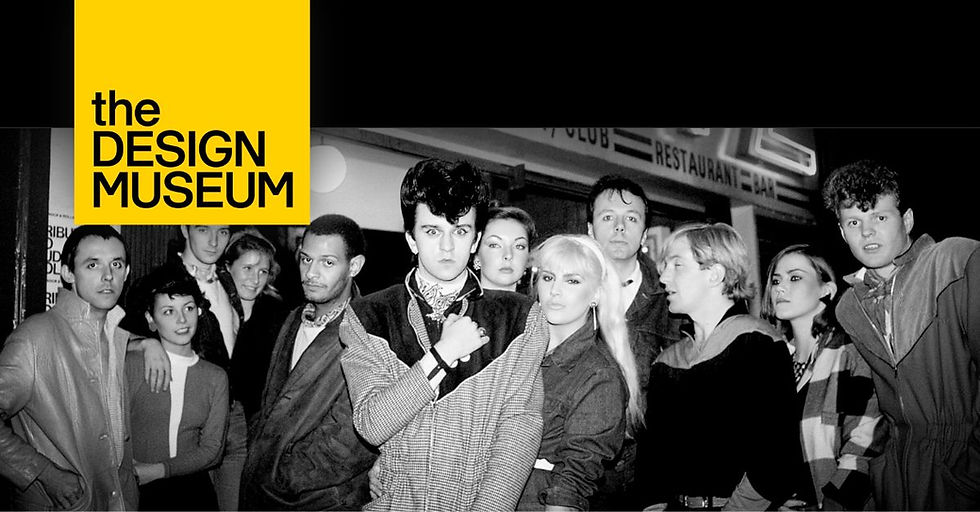Using VR To Study Facial Recognition At Passport Control
- Marketing Target3D
- Mar 29, 2021
- 3 min read
Updated: Dec 1, 2022
As humans, we are good at recognising the faces of people that we already know, but in many situations the faces of unfamiliar people, who we have never met before, must also be identified. Some important tasks depend on unfamiliar face identification, but how good are we at such tasks? A team of researchers from the Universities of Kent and York, led by Professor Markus Bindemann, have turned to Virtual Reality (VR) to study this question in the passport control environment of an airport.
THE ISSUE
One of the ways in which people with criminal intentions can move through borders undetected is to use photo-identity documents of someone with a similar appearance. How these identity impostors can be detected is currently studied intensively in Psychology, but most of these studies rely on laboratory tests that remove the context within which these person identifications are actually made. Professor Bindemann and his colleagues have become interested in the influence of the social context and physical environment on these identification decisions.

THE SOLUTION
For their ESRC-funded project, the research team had already created an Airport using Vizard software and basic person avatars. The team then consulted with Target3D, who supplied and provided training for an Artec 3D scanner, to develop photo-realistic avatars of real people. Before the Covid pandemic brought this activity to a halt, 120 humans had already been scanned for this project, from a child of four up to an 87-year-old woman, and were converted into avatars for VR. The team focused on creating avatars with a range of physical appearances, skin tones and hairstyles, to mirror real airport life.
Whilst progress has been slower than expected during the pandemic, the team came up with novel solutions for testing people with VR online and now have data to compare the airport with their laboratory data, something which Professor Bindemann views as a really important first step:
“What is interesting is that we’ve already found correspondence between VR and our lab tasks, but we’ve also found some differences. In VR people are less likely to spot identity impostors, which shows that if a problem is not studied in real-world complexity, then potentially important differences in behaviour might be missed”.
As this work progressed, the research team started looking for ways to increase the realism and complexity of the airport environment. Target3D was consulted and took over the design and implementation of Airport 2.0. This was created in Unity to provide a more cost-effective solution in this case, and to provide longevity for the project beyond its current run time.

The research team will now build on the vibrant, life-like feel of the virtual airport by creating more avatars, whilst also taking into account operational factors within airports - the impact of crowd behaviour, for example - something that research in VR makes accessible.
“It has been a real advantage to work with Target3D,” Professor Bindemann explains. “Academics often find it challenging to work within the restrictions that collaboration with companies dictate. Working with Target3D feels similar to working with other academics; it’s a team of people who are approachable, inquisitive, creative and interested in development, which has made it really easy to work together. In future funding applications, we will plan to involve Target3D more directly from the start.”
For VR solutions, including consultancy and training, get in touch with Target3D and see how we can help. More about how we work with colleges and universities.
%20(1).png)



Comments